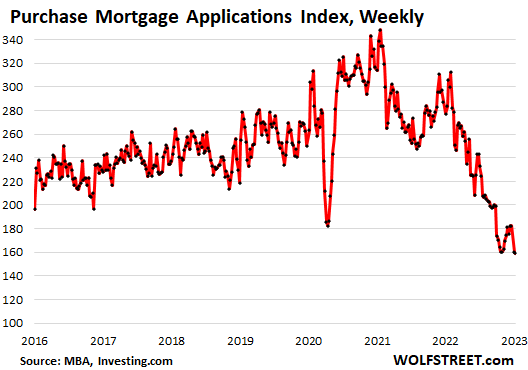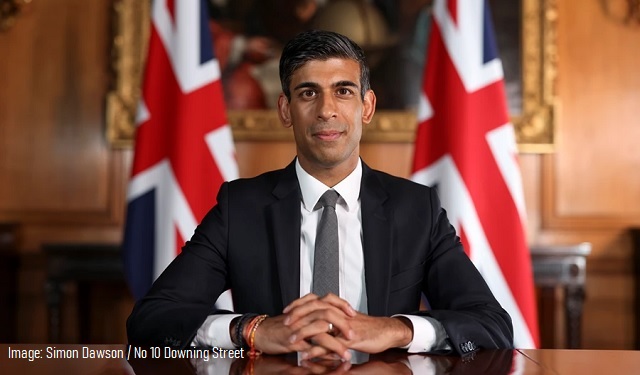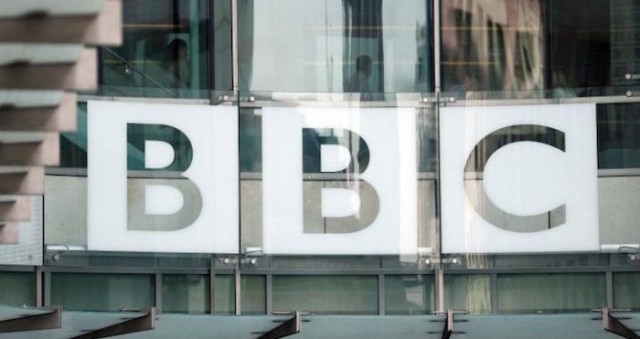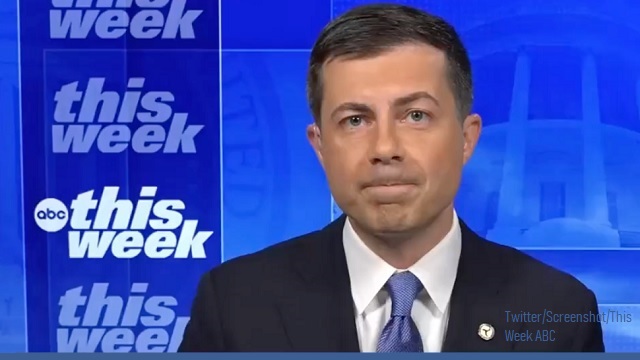An Intellectual Feast for Contrarians
By Craig J. Cantoni
A new book questions the conventional wisdom about immigration, diversity, assimilation, and the causes of prosperity.
Caution! Don’t be seen reading the following book in public.
The Culture Transplant: How Migrants Make the Economies They Move to a Lot like the Ones They Left, by Garett Jones, 2023, Stanford Business Books, 213 pages.
There is not a whiff of racism, nativism, jingoism, or supremacism in the book. Nor does it downplay the evils of slavery, Jim Crow, colonialism, and imperialism. But its conclusions are so counter to today’s zeitgeist on immigration, diversity, assimilation, and the causes of prosperity that you’ll risk being canceled if you’re seen reading it.
The book is not a polemic. Written by an associate professor of economics, It is a distillation of many scholarly studies—studies that I had never heard of, although I had smugly thought I was well-versed in the topics, especially the topic of diversity, given that I had been at the leading edge of the diversity movement going back to when the movement was started in 1990 by R. Roosevelt Thomas Jr., as a result of his landmark Harvard Business Review article, “From Affirmative Action to Affirming Diversity.”
Many of the studies cited in the book came out of academia. Somehow, they got past campus censors, even though the study findings had to hurt someone’s feelings.
Speaking of feelings, some of my fellow Italians might get their Roman noses out of joint. The book speaks negatively about Italian anarchists and socialists who had immigrated to Argentina, circa 1900. They joined with like-minded emigrants from Spain in changing the politics and culture of the nation, so that Argentina went from being one of the richest countries in the world to a middling one beset by political strife and a statist government.
The core premise of the book is that “immigration, to a large degree, creates a culture transplant, making the place that migrants go a lot like the places they left. And for good and for ill, those culture transplants shape a nation’s future prosperity.” (The same shaping can happen in states, cities, and neighborhoods.)
The shaping can be negative when migrants come from places with low social trust, with centuries of little technological innovation, and with governments that are too corrupt and confiscatory, or too weak to provide basic services and protect rights and property. It can take many generations for the descendants of these migrants, as a group, on average, to sever the cultural chains and assimilate and prosper in their new country.
Examples abound in the book. So do statistics, charts, and graphs. And so do caveats. The author cites exceptions to the rule, admits when it’s difficult to distinguish between causation and correlation, and quotes studies that disagree with his conclusions. Still, in spite of the headache-inducing amount of data, it became clear to this reader that the conclusions are on a sound intellectual footing.
Some of the conclusions match the conclusions of a book on my bookshelf, the New York Times bestseller, Why Nations Fail: The Origins of Power, Prosperity, and Poverty, by Daron Acemoglu and James A. Robinson. Its take on the socioeconomic problems in Latin America is of special interest to me, given that I live close to the southern border in Tucson and had lived for five years in the barrio of San Antonio. The take is that the Spanish Empire’s confiscatory economic system, two-class social system, and closed political system left a legacy in its former colonies of corruption, poverty, social distrust, inexperience with pluralism, and a paucity of technological innovation.
According to The Culture Transplant, people whose ancestors emigrated from China and Western Europe, excluding those from the Spanish Empire, had an edge in achieving prosperity, due to both regions having long histories of governmental and technical innovations. Some might counter that the edge came from colonialism and imperialism, but it’s difficult to make that case with respect to China.
The author of the book clearly favors the cultural traits that Chinese migrants brought to other countries in Southeast Asia, and more recently in history, to America. Succeeding generations have done exceedingly well, even where they’ve been in the minority and faced discrimination—and in spite of China’s horrible experiment with communism. Aided by Confucian values, the traits include a high savings rate, a high degree of social trust, high industriousness, a strong emphasis on education and family, and a natural propensity for trade. The author goes so far as to say that a surefire way of raising a nation out of poverty would be the admission of a large number of Chinese immigrants.
If that’s not controversial enough, let’s now enter the minefield of diversity.
The author makes a distinction between skill diversity and ethnic diversity. Clearly, having a diversity of skills, especially higher skills, is a positive for nations and industry. Just as clearly, skill diversity is often the result of ethnic diversity. It’s far less clear, however, that ethnic diversity is always positive, or to quote today’s cliché, “a strength.” That’s because there are many examples in history and around the world of ethnic diversity leading to mistrust, strife, divisiveness, and identity politics.
When Roosevelt Thomas started the diversity movement, his contention was that companies would be able to better relate to their customers and sell more stuff if their workforce mirrored the racial diversity of the nation. He also contended that as the nation’s workforce became less white, companies would be able to relate better to employees if the staff at all levels mirrored the national workforce.
There is a lot of truth in the first contention about selling more stuff, but there’s also some hyperbole. The fact is that nearly homogenous Germany has little difficulty in selling cars in America, and almost totally homogenous Japan and S. Korea have little difficulty in selling cars and electronics in America.
Regarding the second contention, a lot depends on how a diverse staff is achieved. If accomplished through ham-handed reverse discrimination and the negative stereotyping of white employees in so-called racial sensitivity seminars, diversity initiatives are counterproductive and even harmful.
Then there is a practical issue. Given that there are over one hundred unique ethnocultural groups in the US, it’s virtually impossible to achieve proportional representation of all of them at all levels throughout a company.
What about profitability? Don’t some studies show that diversity leads to greater profits? Yes they do, but the studies tend to be done of companies that are big, deep-pocketed, and already profitable. It’s not possible to determine if diversity in such companies is the result of profitability or the cause of profitability.
No doubt, few Americans are familiar with a landmark study of workplace diversity published in 1998 by Kathryn Williams of Columbia University and Charles O’Reilly of Stanford. They concluded that:
The preponderance of the empirical evidence suggests that diversity is most likely to impede group functioning. Unless steps are taken to actively counteract these effects, the evidence suggests that, by itself, diversity is more likely to have negative than positive effects on group performance.
I’m not suggesting here that diversity is not a worthwhile endeavor. After all, I was at the leading edge of the diversity movement. But if pursued stupidly, diversity is not a strength.
Given that the US is a multiethnic country, it’s important to get it right and not be stupid about it. To quote Barack Obama:
America is the first real experiment in building a large, multiethnic, multicultural democracy. And we don’t know yet if that can hold. There haven’t been enough of them around for long enough to say for certain that it’s going to work.
Anyway, in closing, a few words of advice: Be careful in accepting my opinion of The Culture Transplant. As a lifelong contrarian, I have a strong bias in favor of books that question conventional wisdom.














